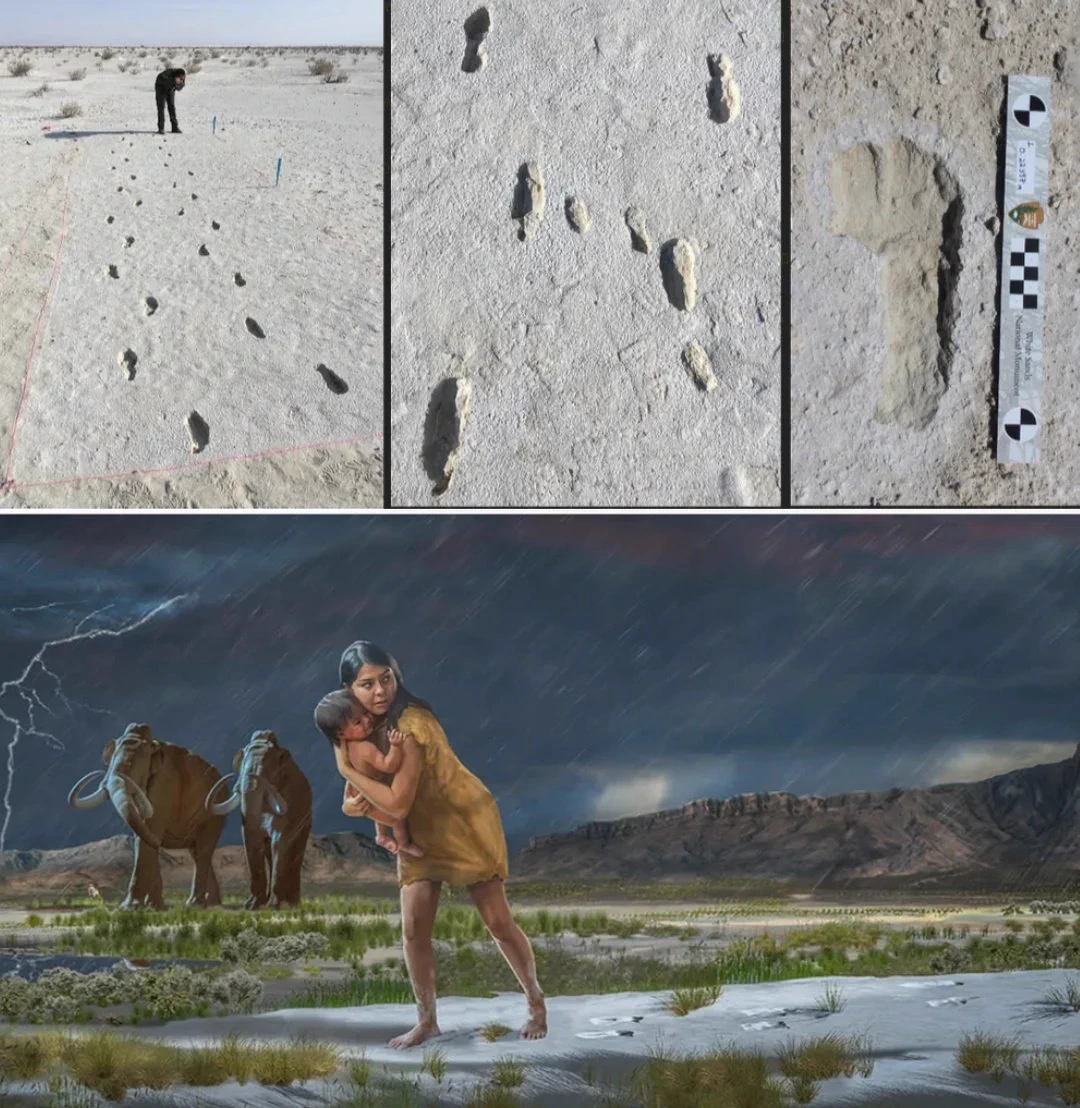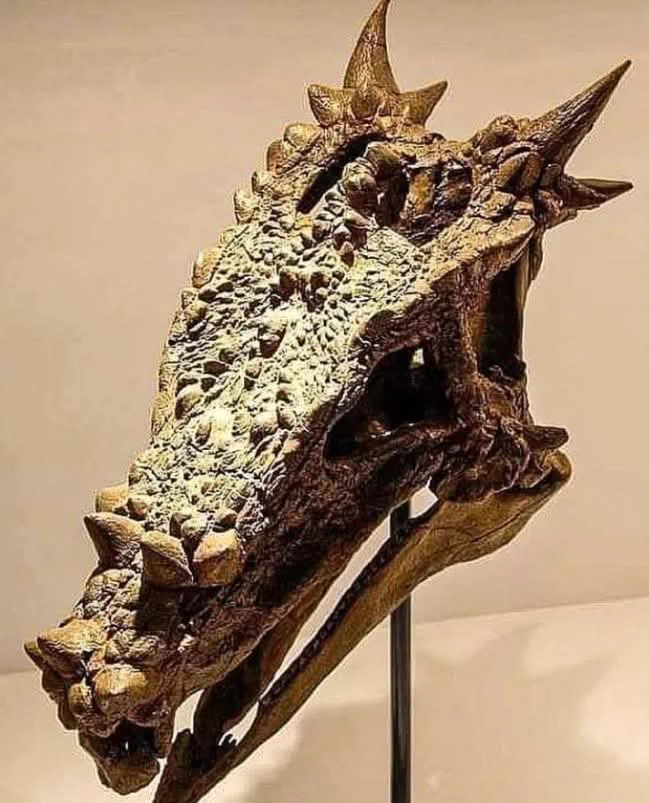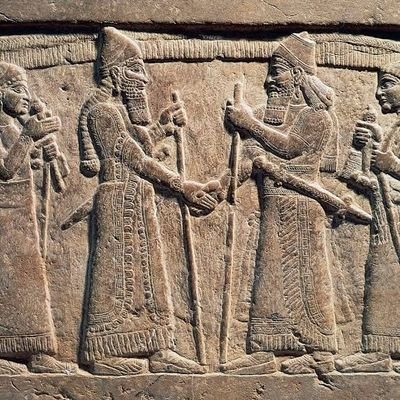Tweets in Worldwide
Woman's Path Through History Over 10,000 Years Ago - a woman or young man carried a toddler across a muddy terrain in present-day White Sands National Park, New Mexico...
These ancient footprints offer scientists a remarkable glimpse into the past. This revelation is courtesy of the National Park Service and Bournemouth University.
The prehistoric traveler embarked on a journey carrying a child, returning alone hours later.
In an arduous trek more than 10,000 years ago, a woman or a young man with a toddler balanced on one hip trudged northward through what is now White Sands National Park in New Mexico. Facing potential rain and slippery mud, the traveler briefly set the child down before continuing. Along the way, a woolly mammoth and giant sloth crossed their path. Hours later, the traveler retraced their steps south, now without the child.
Scientists have documented nearly a mile of these fossilized footprints—the longest human trackway of its age ever found. “I’ve never seen anything quite like it,” says evolutionary biologist Kevin Hatala from Chatham University, who was not involved in the study.
This trackway, featuring over 400 human prints including tiny child prints, is detailed in a new study published in Quaternary Science Reviews. By examining the footprints' shape, structure, and distribution, researchers revealed an intimate portrait of this ancient journey, capturing even the traveler’s toes slipping on the wet surface.
Meticulous Excavation of Footprints Scientists carefully unearthed these delicate footprints, documenting them in three dimensions before they could deteriorate. The tracks also revealed a mammoth and a giant sloth traversing the area after the humans passed. While the mammoth appeared indifferent to the human presence, the sloth likely sensed it, rearing up as modern bears do to detect scents.
“This gives us insight into humans within their ancient ecosystem,” explains study author Sally Reynolds, a paleontologist at Bournemouth University, noting the sloth’s awareness of nearby humans—an insight not gleanable from bones alone.
The 'Ghost Tracks' Fossil footprints provide stunning snapshots of ancient behaviors, preserving moments in time unlike any other remains. “Footprints sites are special because they capture a moment in time,” says paleoanthropologist William Harcourt-Smith from the City University of New York.
This track site, part of an ongoing documentation project at White Sands National Park, owes its discovery to David Bustos, the park’s resource program manager. These shallow impressions, visible only through slight moisture-induced color changes, became known as “ghost tracks.”
In 2016, Bustos consulted various specialists about the tracks, including Matthew Bennett from Bournemouth University, who led the new study. Since then, Bennett and his colleagues have made multiple trips to document the array of human and animal prints throughout the park.
The newly studied prints are set in fine sand, held together by a thin salt crust. The team excavated 140 tracks using brushes, and recorded each print with 3D photogrammetry before they could erode.
By analyzing the footprints' shape, size, and distribution, researchers pieced together the ancient journey. The primary traveler was likely a woman or young man, based on footprint length comparisons with modern humans. Small child prints join the main trackway in several places, indicating a child under three years old accompanied the traveler.
Traveler's pace was brisk, about 3.8 miles per hour, despite muddy conditions and carrying a child. In some spots, unusually long strides suggest stepping over obstacles like puddles or mammoth dung. The child was carried northward, evidenced by larger left foot tracks from bearing extra weight. Upon return, traveler’s footprints show no size discrepancy, and fewer signs of slipping, indicating they were now unencumbered.
© The Archaeologist
#archaeohistories#
Show more

5
This fossilized skull may look like something out of a fantasy novel, but it’s a real prehistoric discovery. The skull belongs to *Dracorex hogwartsia*, an armored dinosaur from the Late Cretaceous period, specifically the Upper Maastrichtian stage. The name “Dracorex,” meaning “dragon king,” perfectly suits its dragon-like appearance, with spiky ridges, a rugged elongated skull, and bony protrusions. Its striking resemblance to mythical creatures serves as a fascinating reminder that some dinosaurs had features that mirrored legends long before humans ever imagined them.
A reconstructed image of *Dracorex hogwartsia* gives us a glimpse into what this dinosaur may have looked like in life. As a member of the pachycephalosaur family, it had a distinctive skull adorned with spiky armor, setting it apart from many of its relatives. The combination of its dinosaurian traits with the fearsome look of a dragon sparks curiosity and wonder, making this species a favorite among both scientists and dinosaur enthusiasts.
Discovered in the late 2000s, the skull has contributed valuable insights into the diversity of Late Cretaceous species. It has helped paleontologists better understand the evolutionary adaptations of dinosaurs before the mass extinction event. This find adds another piece to the puzzle of prehistoric life, showcasing the incredible variety of creatures that once roamed the Earth.
#drthehistories#
Show more

5

1








































